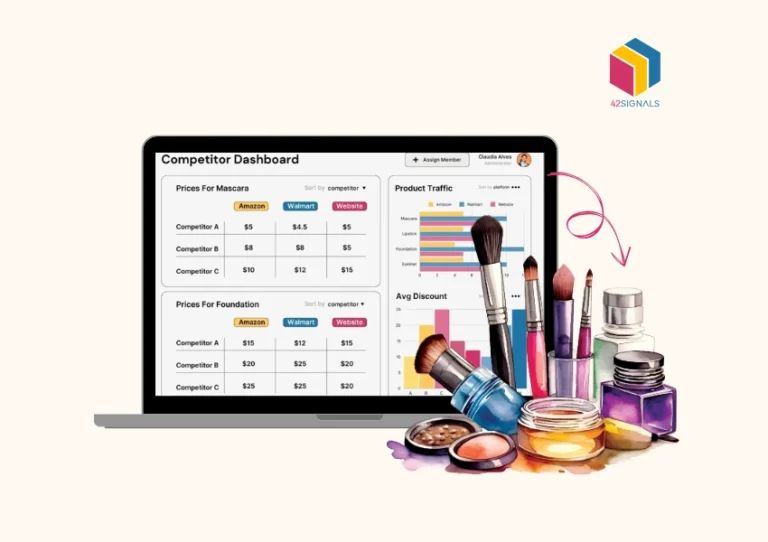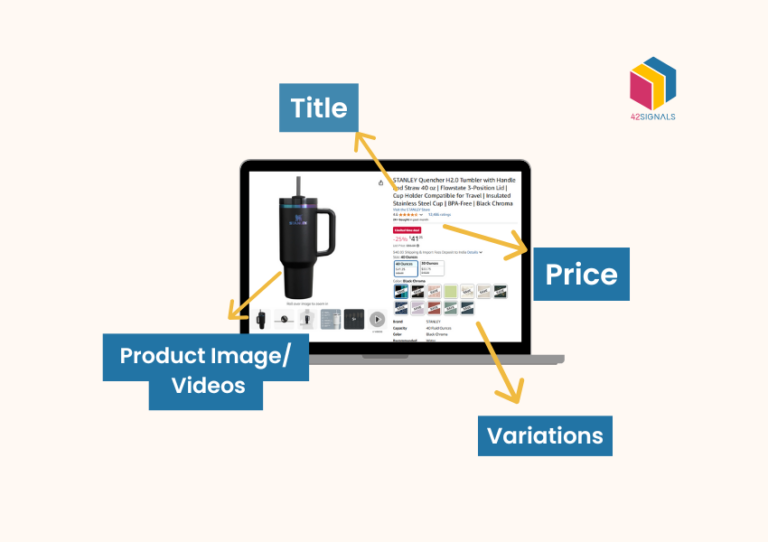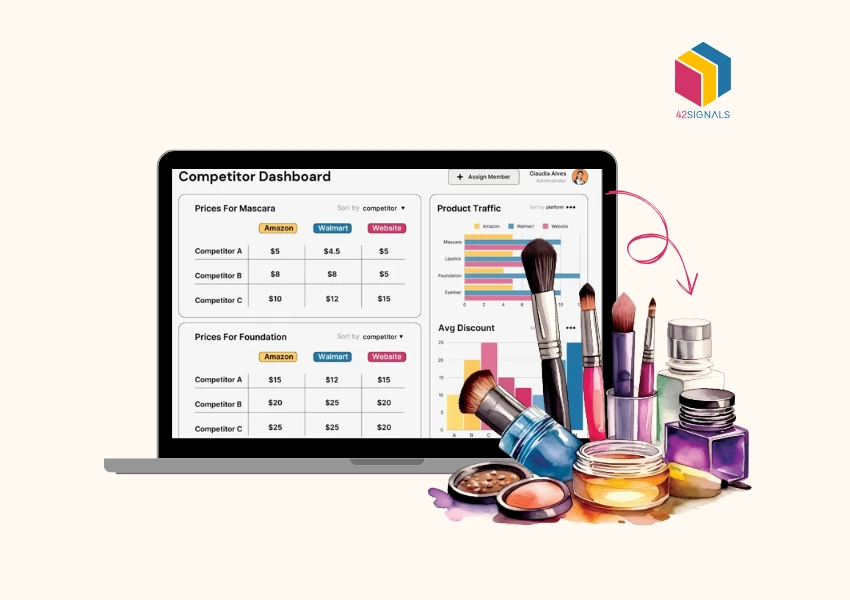Pricing plays a crucial role in determining the success of a company in today’s competitive world of e-commerce. Monitoring and analyzing competitor prices is essential for making informed pricing decisions and staying ahead of the competition. In this article, we will demystify the process of competitor price tracking and share valuable tips for implementing effective pricing moves.
The Need for Competitor Pricing Tracking
Competitor price tracking entails observing and assessing the pricing strategies employed by rival businesses to acquire a deeper understanding of market dynamics. This process encompasses monitoring their product costs, discounts, promotions, and other pricing-related details. Grasping competitor pricing enables you to evaluate the positioning of your prices in the market, empowering you to make well-informed pricing choices.
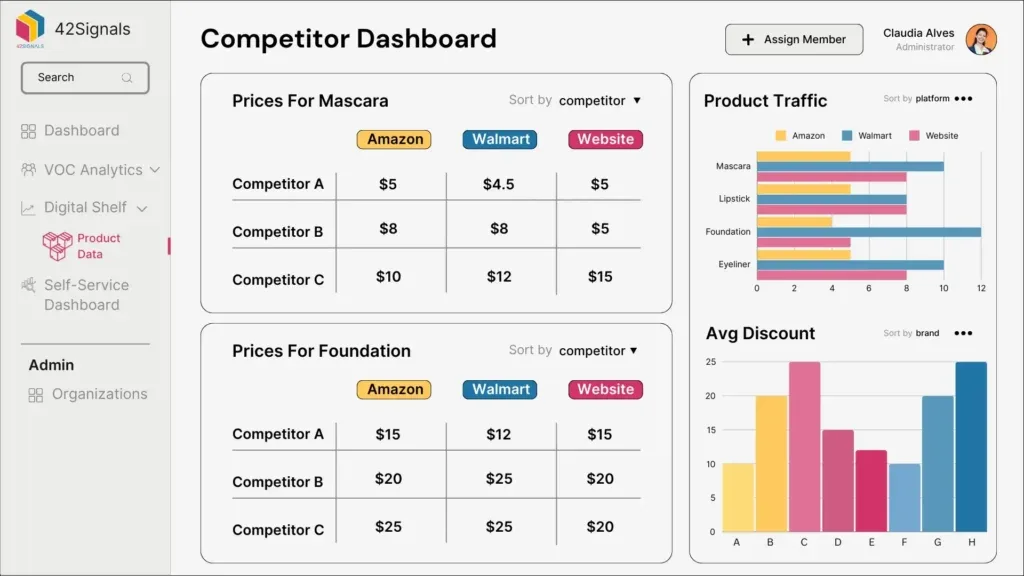
The Importance of Pricing Intelligence
Pricing intelligence refers to the practice of gathering, analyzing, and utilizing pricing data to make informed pricing decisions. It enables you to develop a comprehensive grasp of the market terrain and pinpoint potential pricing advantages. Access to precise and current pricing information empowers you to remain competitive and optimize your profitability.
Monitoring the prices set by competitors yields valuable information on market trends, customer preferences, and the standing of your products or services in the market. This knowledge aids in comprehending how customers assess the value of your offerings relative to those of your competitors. Pricing intelligence additionally allows you to recognize opportunities for adjusting prices, attracting new customers, retaining existing ones, and expanding your market presence.
Evaluating the Market Landscape
To implement effective pricing moves, it is crucial to have a clear understanding of the market landscape. This entails assessing different factors, including:
Competitor Analysis
Analyze your competitors’ pricing strategies, product offerings, and target audience. Identify their strengths and weaknesses to position your pricing strategies effectively.
Customer Segmentation
Segment your customer base based on their preferences, buying behavior, and willingness to pay. This will help you tailor your pricing strategies to different customer segments and maximize revenue.
Market Demand
Evaluate the demand and elasticity of your products or services in the market. This information will assist you in determining the optimal pricing levels. This information can be by with competitor price tracking software that allows one to understand how value and demand are connected and work together.
Identifying Pricing Opportunities
After gaining a thorough grasp of the market dynamics, the next step involves pinpointing pricing prospects that coincide with your business objectives. Below are some suggestions to assist you in recognizing these opportunities:
Competitor Price Tracking
Continuously monitor your competitors’ pricing strategies and identify any gaps or opportunities where you can differentiate yourself through competitive pricing.
Value-Added Services
Identify areas where you can offer additional value to customers without significantly increasing prices. This could include bundling products/services, introducing loyalty programs, or providing enhanced customer support.
Seasonal and Promotional Pricing
Take advantage of seasonal trends and promotional periods to attract new customers and drive sales. Offer limited-time discounts, special offers, or bundle deals during these periods.
Dynamic Pricing
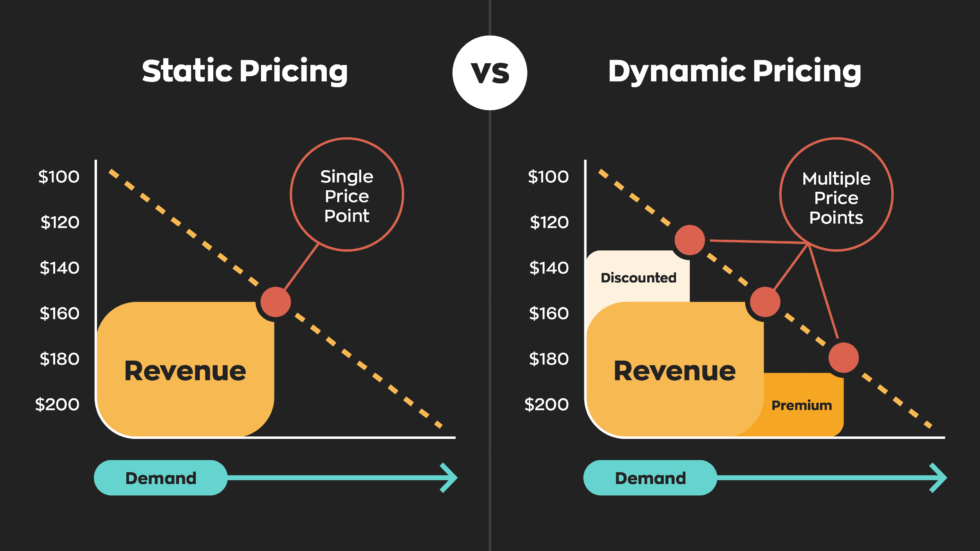
Implement dynamic pricing strategies that allow you to adjust prices based on factors such as demand, availability, time of day, or customer segment. This ensures optimal pricing at all times, driving both sales and profitability.
Implementing Effective Pricing Strategies
Having pinpointed opportunities highlighted by competitor price tracking, it’s now crucial to act on them. Executing successful pricing strategies requires meticulous planning and implementation. Consider the following best practices:
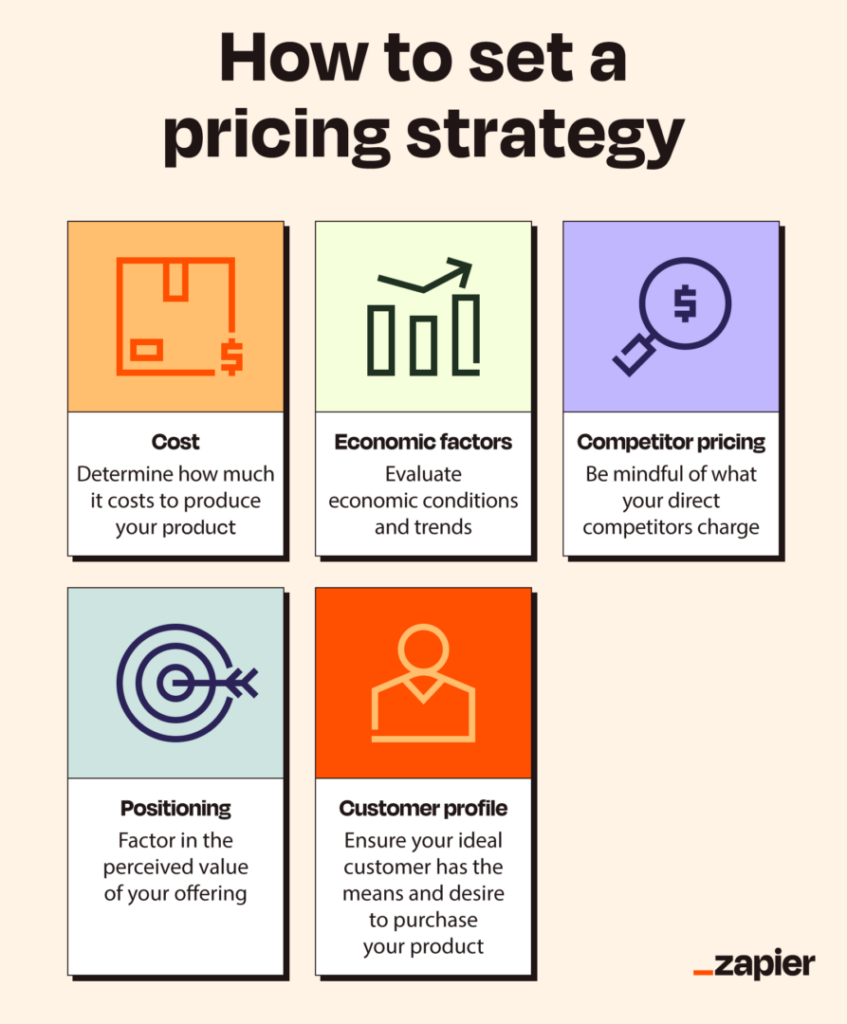
Image Source: Zapier
Pricing Experimentation
Conduct pricing experiments to test different pricing strategies and measure their impact on sales and profitability. This will help you refine your pricing approach and optimize your pricing decisions.
Looking at Competitor Price Tracking
Competitor price tracking ensures you stay competitive in the market. If a competitor reduces their prices significantly, consider adjusting your prices accordingly to retain customers.
Consider Pricing Psychology
Understand the psychological factors that influence customers’ perception of prices. This includes factors such as the anchoring effect, price thresholds, and price perception based on product value.
Value-Based Pricing
Set your prices based on the perceived value your product or service offers to customers. With competitor price tracking, you can ensure that your pricing corresponds with the distinct benefits and features that set your offering apart from competitors.
Regular Price Reviews
Conduct regular price reviews to ensure your prices remain competitive and reflect changes in market dynamics, costs, and customer preferences.
Measuring the Success of Competitor Price Tracking Moves
Measuring the success of your pricing moves is essential to gauge the effectiveness of your strategies and identify areas for improvement. Here are some key metrics to track:
Sales Revenue
Monitor changes in sales revenue to understand the impact of pricing moves on overall sales performance.
Profit Margins
Analyze profit margins to determine if pricing changes have positively influenced profitability.
Market Share
Monitor changes in market share to evaluate the effectiveness of your pricing strategies in attracting new customers and gaining a competitive edge.
Customer Satisfaction
Measure customer satisfaction levels before and after pricing changes to assess the impact on customer perception and loyalty.
Competitor Price Tracking Response
Keep an eye on how your competitors respond to your pricing moves. If they adjust their prices in response to your changes, assess the implications on your market position and make necessary adjustments.
Conclusion on Competitor Price Tracking
Competitor price tracking is a crucial practice for any business looking to stay competitive in the market. By understanding competitor pricing, evaluating the market landscape, and identifying pricing opportunities, you can implement effective pricing strategies that attract customers and maximize profitability. Regularly measuring the success of pricing moves ensures continuous improvement and adaptation to changing market dynamics. With the right pricing intelligence and strategies in place, you can make informed pricing decisions and drive long-term business growth.
Don’t let your competitors’ pricing strategies catch you off guard. Take advantage of 42Signals‘ competitor price tracking tools to stay in the know. Contact us at sales@42signals.com and book your FREE demo!
Frequently Asked Questions on Competitor Price Tracking
How to check competitor pricing?
To monitor competitor pricing, businesses can use the following methods:
- Manual Research – Visit competitor websites and marketplaces (Amazon, eBay, Shopify) to check prices.
- Price Comparison Tools – Use software like Prisync, PriceSpy, and Google Shopping to track competitor prices.
- Web Scraping – Automate data collection using web scraping tools (e.g., Scrapy, ParseHub).
- Competitor Email & Promotions – Sign up for competitor newsletters and alerts to monitor discounts.
- Mystery Shopping – Purchase from competitors to analyze pricing, packaging, and promotions.
How to do competitor-based pricing?
Competitor-based pricing involves setting your product price based on competitor prices rather than costs or perceived value. Steps include:
- Identify direct competitors – Find businesses selling similar products.
- Track pricing changes – Use tools like Competera, Pricefx, or DataWeave to automate tracking.
- Position your pricing strategy:
- Price below competitors (for penetration pricing).
- Match competitor prices (for competitive parity).
- Price above competitors (if offering premium quality or features).
- Adjust regularly – Analyze data and tweak pricing based on demand, seasonality, and competitor strategies.
How to calculate competitive pricing?
Competitive pricing is determined by evaluating competitor price points and setting your price accordingly.
Formula for Competitive Pricing Calculation:Competitive Price=Sum of Competitor PricesNumber of Competitors\text{Competitive Price} = \frac{\text{Sum of Competitor Prices}}{\text{Number of Competitors}}Competitive Price=Number of CompetitorsSum of Competitor Prices
- Example: If three competitors price a product at $50, $55, and $60, the competitive price would be: (50+55+60)/3=55(50 + 55 + 60) / 3 = 55(50+55+60)/3=55
- Adjust based on your brand position, profit margin, and target audience.
What is a competitor price comparison analysis?
A competitor price comparison analysis involves:
- Comparing your product prices with competitors in real-time.
- Identifying trends in price changes to anticipate promotions or seasonal discounts.
- Assessing pricing strategies (e.g., discount-based, premium pricing) to understand market positioning.
- Using pricing intelligence tools (e.g., Intelligence Node, Price2Spy) to track and visualize competitor price fluctuations.
Why is competitor pricing analysis important?
- Helps businesses stay competitive in the market.
- Prevents overpricing or underpricing of products.
- Identifies opportunities for promotions or price adjustments.
- Improves profit margins and sales conversion rates.
What tools can help with competitor pricing analysis?
- Google Shopping & Amazon Price Tracker – Track online retail prices.
- 42Signals, Prisync, Competera, Price2Spy – Automate competitor price tracking.
- SEMrush & Ahrefs – Monitor competitor pricing for digital products and services.

